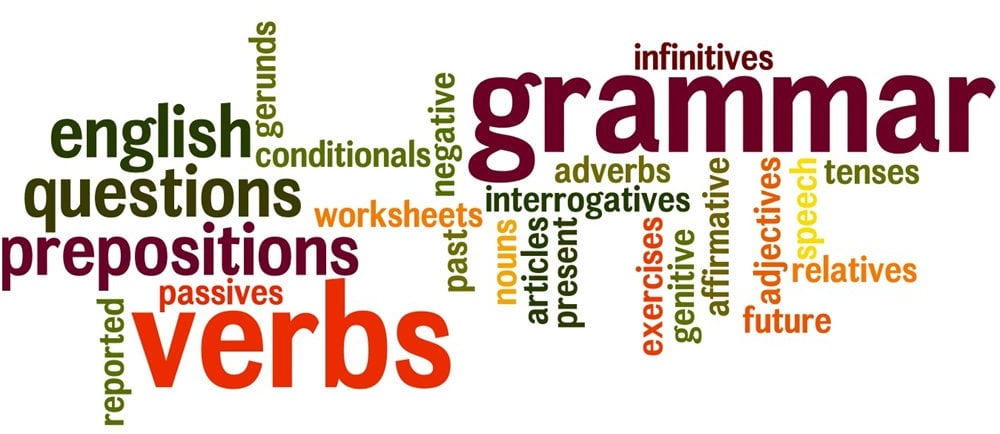Basic American English Grammar Rules Like Natives


Basic American English Grammar Rules
Mastering the basics of American English grammar is essential for clear and effective communication. Understanding these foundational rules will help you speak and write more confidently. Here’s a comprehensive guide to the basic grammar rules of American English:
1. Sentence Structure
1.1 Subject-Verb-Object (SVO)
The most common sentence structure in American English is Subject-Verb-Object.
Example:
The cat (subject) eats (verb) the mouse (object).
1.2 Subject-Verb Agreement
The subject and verb must agree in number (singular or plural).
Example:
She writes (singular subject + singular verb).
They write (plural subject + plural verb).
2. Tenses
2.1 Present Simple
Used for habitual actions, general truths, and states.
Example:
I walk to school every day.
Water boils at 100 degrees Celsius.
2.2 Past Simple
Used for actions completed in the past.
Example:
I walked to school yesterday.
They visited New York last summer.
2.3 Future Simple
Used for actions that will happen in the future.
Example:
I will walk to school tomorrow.
She will meet us at the café.
2.4 Present Continuous
Used for actions happening right now or for planned future actions.
Example:
I am walking to school right now.
We are meeting at 5 PM.
2.5 Past Continuous
Used for actions that were happening at a specific time in the past.
Example:
I was walking to school when it started to rain.
They were studying when I called.
2.6 Future Continuous
Used for actions that will be happening at a specific time in the future.
Example:
I will be walking to school at 8 AM tomorrow.
She will be working at 10 PM tonight.
2.7 Present Perfect
Used for actions that happened at an unspecified time or that started in the past and continue to the present.
Example:
I have walked to school many times.
She has lived here for five years.
2.8 Past Perfect
Used for actions that were completed before another action in the past.
Example:
I had walked to school before it started to rain.
They had left before I arrived.
2.9 Future Perfect
Used for actions that will be completed before a specific time in the future.
Example:
I will have walked to school by 8 AM tomorrow.
She will have finished the project by next week.
3. Parts of Speech
3.1 Nouns
Nouns represent people, places, things, or ideas.
Example:
The cat sat on the mat.
Freedom is essential.
3.2 Pronouns
Pronouns replace nouns to avoid repetition.
Example:
She is my friend.
It is raining.
3.3 Verbs
Verbs express actions or states of being.
Example:
He runs fast.
She is happy.
3.4 Adjectives
Adjectives describe nouns or pronouns.
Example:
The tall man walked by.
She has a beautiful smile.
3.5 Adverbs
Adverbs modify verbs, adjectives, or other adverbs.
Example:
He runs quickly.
She is very tall.
3.6 Prepositions
Prepositions show the relationship between a noun (or pronoun) and other words in a sentence.
Example:
The book is on the table.
She walked through the park.
3.7 Conjunctions
Conjunctions connect words, phrases, or clauses.
Example:
I like tea and coffee.
She is kind but strict.
3.8 Interjections
Interjections express strong emotions or sudden bursts of feeling.
Example:
Wow! That’s amazing.
Ouch! That hurts.
4. Articles
4.1 Definite Article: "The"
Used to refer to specific nouns.
Example:
The cat sat on the mat. (specific cat)
4.2 Indefinite Articles: "A" and "An"
Used to refer to non-specific nouns. Use “a” before consonant sounds and “an” before vowel sounds.
Example:
A cat sat on a mat. (any cat)
An apple a day keeps the doctor away.
5. Punctuation
5.1 Periods (.)
Used to end declarative sentences.
Example:
She went to the store.
5.2 Commas (,)
Used to separate items in a list, after introductory elements, or to set off non-essential information.
Example:
I bought apples, oranges, and bananas.
After the movie, we went to dinner.
5.3 Question Marks (?)
Used at the end of a direct question.
Example:
What time is it?
5.4 Exclamation Points (!)
Used to express strong emotion.
Example:
Watch out!
5.5 Quotation Marks (" ")
Used to denote speech or quotations.
Example:
She said, "I am happy."
5.6 Apostrophes (')
Used to show possession or form contractions.
Example:
John’s book.
It’s a nice day.
6. Capitalization
6.1 Beginning of Sentences
Always capitalize the first word of a sentence.
Example:
The dog is barking.
6.2 Proper Nouns
Capitalize names of people, places, brands, and specific titles.
Example:
John, Paris, Coca-Cola, Dr. Smith.
7. Modifiers
7.1 Adjective Order
When using multiple adjectives, follow this order: quantity, quality, size, age, shape, color, proper adjective, purpose.
Example:
She has three beautiful large old round blue Italian wool hats.
7.2 Dangling Modifiers
Ensure the modifier clearly and logically refers to the word it modifies.
Incorrect Example:
Driving to work, the traffic jam made her late. Correct Example:
Driving to work, she was late because of the traffic jam.
8. Common Grammar Mistakes
8.1 Their, There, They’re
Their: possessive form of they.
There: refers to a place.
They’re: contraction of they are.
Example:
Their car is over there, and they’re going to drive it.
8.2 Your vs. You’re
Your: possessive form of you.
You’re: contraction of you are.
Example:
Your book is on the table.
You’re going to love this movie.
8.3 Its vs. It’s
Its: possessive form of it.
It’s: contraction of it is.
Example:
The cat licked its paws.
It’s going to rain today.
Conclusion
Understanding and applying these basic American English grammar rules will significantly improve your ability to communicate effectively. Regular practice, reading, and writing can help reinforce these concepts, making them second nature over time. Whether you’re a beginner or looking to refine your skills, mastering these fundamentals is essential for fluency in American English.


